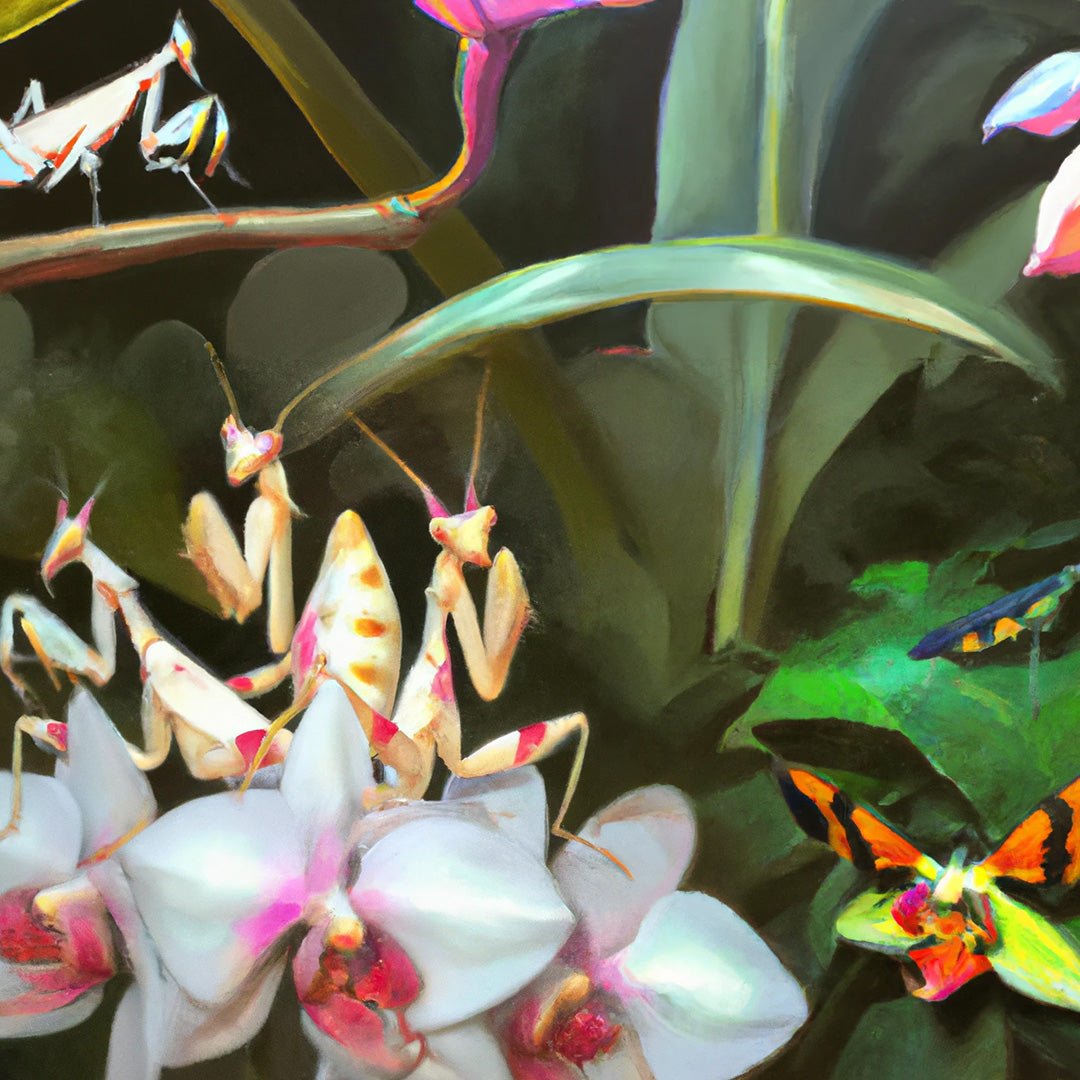In this blog, we aim to shed light on some of these under-appreciated insects and reveal the fascinating facts that make them truly exceptional. Join us on this journey of discovery and gain a newfound appreciation for the small wonders that inhabit our world.

1. The Fig Wasp
The fig wasp, also known as the fig-pollinator wasp, is a tiny but fascinating insect that has a unique relationship with fig trees. These wasps are responsible for pollinating nearly 1,000 species of figs, which would not exist without their pollination efforts. In a symbiotic relationship, the fig wasp relies on the fig tree for food and shelter, while the fig tree depends on the wasp for reproduction. The female fig wasp enters the fig through a tiny hole and lays her eggs, while also pollinating the flowers inside the fig. Once the eggs hatch, the male wasps mate with the females, and the females collect pollen before exiting the fig to find another tree to repeat the cycle. It's a fascinating example of co-evolution and the intricate relationships between different species in nature.

2. The Orchid Mantis
The orchid mantis is a master of disguise and a true marvel of nature. With its striking resemblance to a beautiful orchid flower, this mantis is a highly skilled predator that can blend seamlessly into its surroundings. Its bright pink and white coloring and petal-like appendages make it nearly invisible to prey, allowing it to ambush and capture insects that come too close. Interestingly, the orchid mantis is not born with its unique appearance but develops it over time through a process called "ontogenetic color change." As the mantis grows, its color changes from brown to white, and it can also change its color depending on the environment. This remarkable creature is not only a fascinating example of adaptation and evolution but also a beautiful and mesmerizing insect to behold.

3. Spiders
Spiders are often misunderstood and even feared, but they play a critical role in the natural world. As predators, spiders help control the populations of insects and other small animals, which is essential to maintaining the balance of ecosystems. Many spiders are considered keystone species, which means their presence or absence can significantly impact the entire ecosystem.
Spiders are fascinating creatures that have evolved a range of hunting techniques, including weaving intricate webs, using camouflage, and ambushing their prey. They exhibit complex behaviors, communicate with each other, and have even been observed solving problems in experiments. Spiders can also regenerate lost limbs and are incredibly resilient insects.

4. The Lacewing
The lacewing plays an important role in controlling pest populations in gardens and crops. These delicate insects have beautiful, intricate wings and are often mistaken for dragonflies. However, unlike dragonflies, lacewings feed on small insects like aphids, spider mites, and thrips. They are incredibly effective predators and can consume up to 200 aphids in a single day! Additionally, lacewing larvae have a unique adaptation where they carry around the dead bodies of their prey on their backs as a form of camouflage and protection.
Despite their importance in pest control, lacewings are often overlooked and even mistaken for harmful insects. In reality, they are beneficial and beautiful creatures that help keep our gardens and crops healthy and thriving.

5. The Antlion
The antlion is an under-appreciated insect that is often overlooked due to its small size and unremarkable appearance. These creatures are known for their unique predatory behavior, where they create pit traps to catch their prey. Antlion larvae dig conical-shaped pits in sandy soil and wait patiently at the bottom, hidden beneath the sand, for unsuspecting insects to fall in. Once an insect falls into the pit, the antlion uses its strong jaws to capture and consume the prey. This process not only helps to control insect populations but also plays an important role in soil aeration and nutrient cycling.
By taking the time to learn about and appreciate these incredible creatures, we can gain a new perspective on the interconnectedness of all life and the importance of protecting our planet. So let's celebrate the diversity and beauty of insects and be inspired to take action to preserve their habitats and ensure their continued existence for generations to come!
Images generated by Stacey Posnett

